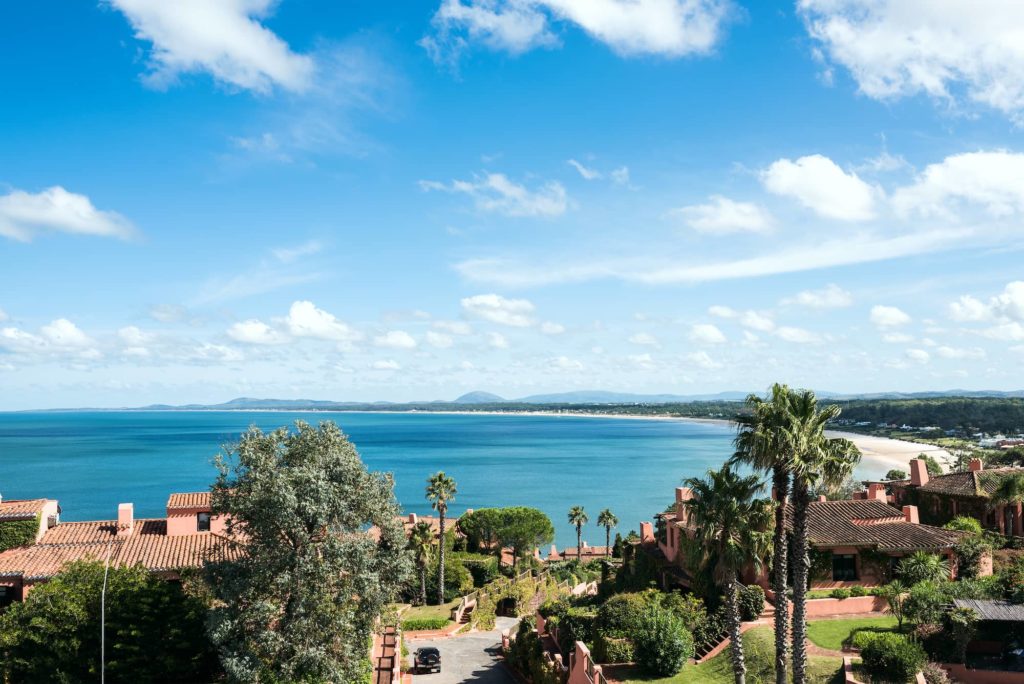Wetlands of Punta Del Este in Uruguay – A Real Treasure in Maldonado
As most locals, I drive everyday near the wetlands of La Barra and Arroyo Maldonado. One day, someone asked me if I knew what was within the wetland beyond what my eyes could see from La Barra Bridge. I was surprised to know, 5 thousand hectares of wetlands unfold linking Maldonado and San Carlos.
The wetlands of Punta Del Este in Uruguay act as a sponge, filtering and absorbing water and releasing it clean. The tides change its levels of salinity, which then flows back to the ocean at the southwest of the town of La Barra. This salinity tidal effect extends 15 km inland and this has made many plants adapt to this special environment.
The wetland is of great importance to the ecosystem. What I could never imagine is the wide variety of wildlife on the wetlands of Maldonado. I thought there were only a couple of bird species but there are more than 240 species of birds and various species of molluscs and crabs and 220 types of plants.
Crabs – The guardians of the treasure of Maldonado
The view changes rowing upstream, the beauty is stunning, the heritage of nature is very rich, and varied with incredible views. The ecosystem depends entirely on crabs, they are protectors of the ecosystem, they are food to the birds, and they clean and remove soil creating growing opportunities for plants. Demographic growth has made the crabs move towards the centre of the wetland, but they are still seen in most areas. The orange violin crab UCA is one among the many species. There are many other species also, such as the white Shrimp crab, Siri and the white crab, among many others.
Bird Watching
When we observe birds, it is important to appreciate that they travel more than 12 thousand km to reach this area, many coming from Alaska or Canada. For them this region is a place where they feed and rest before they continue their journey.
Before becoming an Eco Park, this place was called “Site IBA” by Life international, together with the NGO AVES URUGUAY providing protection for the crab seagull.
At the site ,one can find 57% of the bird species of the country and more than 30% of amphibians.
International visitors travel worldwide with a “life list” just to come and see that these birds really exist.
Wetlands of Uruguay
Each part of nature has a purpose and in Uruguay, the wetlands in Punta Del Este in Uruguay play a primary role. In Uruguay, wetlands occupy 12% of the national territory and the surrounding areas receive the benefits of this ecosystem in connection with their productive and recreational activities.
It is an ecosystem increasingly valued worldwide for its contribution to life on the planet. Wetlands are key to life for their function: they filter water, recharge aquifers and are home to more than 40% of the world’s species.
Many of these wetlands are located in Protected Areas that make up the National System of Protected Areas (SNAP), a tool that harmonizes the care of the environment, in particular of biological diversity, with the economic and social development of Uruguay.
Recognition of our Wetlands
In 2006, the Bird Life International program together with Aves Uruguay, declared this site as AICA (Area of Importance for The Conservation of Birds) or IBA (Important Birds Area’s), because of its importance as a habitat for the conservation of threatened bird species.
In October 2015, this area was declared a Metropolitan Eco Park of Maldonado and San Carlos. This project aims to preserve and protect the area, promote tourism, investigation and research involving local residents.
Many groups have spent time and effort researching and developing responsible ecological tours to this area. One of the groups, Aguará Popé, has spent time developing projects to enrich and share touristic awareness throughout the year. People are slowly becoming more aware of the area. All the community of Maldonado, including schools, local government, and private entities are contributing to the protection program.
The Wetland´s Surroundings
Next to the wetland and to the north of the town of La Barra, El Tesoro neighbourhood has developed along the shore and towards the city of San Carlos. To the north, the private upscale neighborhood of Fasano and the neighboring gated community El Quijote offer incredible views of the wetlands.
There is a legend that there was a treasure hidden in this place and it was searched for many generations. Maybe the treasure is not hidden and it is the mere existence of the wetlands.
Sightseeing Tours:
- By canoe (double kayaks)
- By bicycle, coordinated and guided by Aguará Popé. One by the eastern margins of the stream to the north and another to the Indigenous Park, where a guided walk begins.
- Birdwatching in the wetland, by Birdwatching Tours Punta del Este
Different activities are proposed by the local group Aguará Popé and 5 Gyres Ambassadors Program (www.5gyres.org)
- A guided birdwatching trail through the wetlands, organized by Birdwatching Tours Punta del Este
- Cleaning of a section at the edge of the wetland
- Educational Programs -Project EcoMarisma 2017-2019
- Community Education for the Sea, Rivers and Sierras of Maldonado
Aguará Popé has been working for years in schools and high schools and with the community in general to generate knowledge, awareness and together, seek ways to protect and rationally use the great wealth offered by the wetlands of Maldonado and San Carlos, generating sustainable development, knowing and taking care of our heritage.
There is no doubt that the wetlands of Punta Del Este really give life to the region.
It is important that new generations learn and love to protect this region, creating awareness of environmental protection.
Mary Ann Thompson

